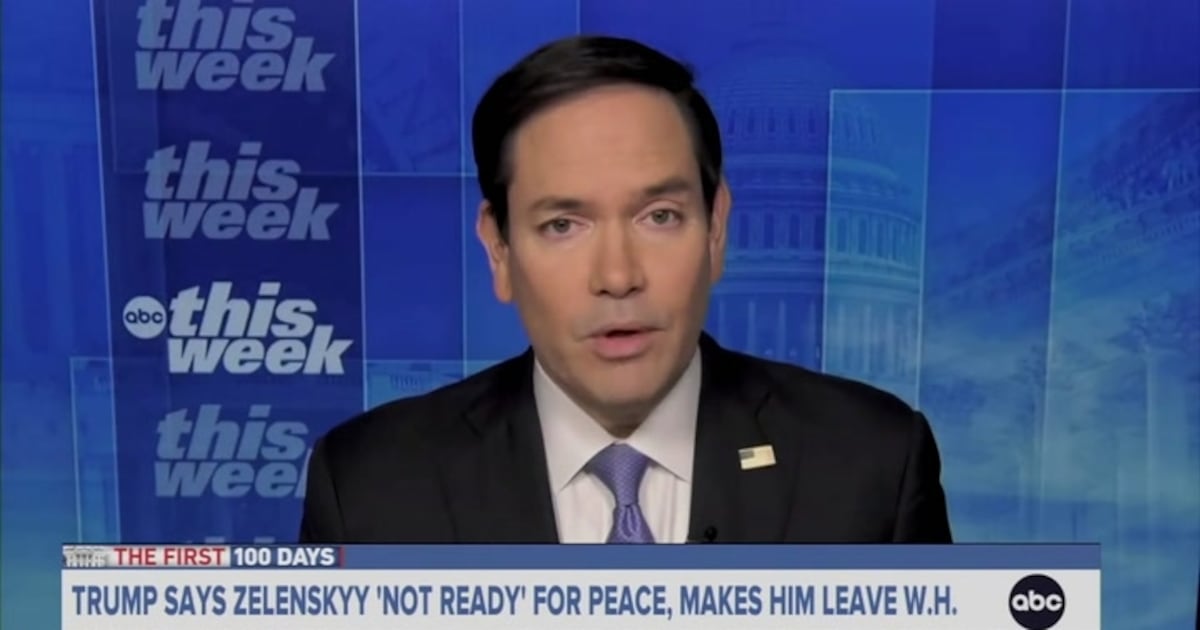The People Serving People homeless shelter in Minneapolis, Minnesota is the largest family shelter in the state. It has 99 rooms, a technology center, a licensed preschool. And on the first floor, it has a full-service medical clinic.
“For families in crisis, one of the biggest barriers to accessing health care is transportation,” said Martha Trevey, a nurse practitioner working with Healthcare for the Homeless, which runs the People Serving People clinic. “Here, they can just come downstairs.”
At the Minnesota clinic, care is targeted to the specific needs of the homeless. However, not all shelters have medical clinics on site, and outside of a those spaces, medical professionals might not recognize that a person or family is experiencing homelessness. That’s a problem, because homelessness is associated with a range of unique health risks, both physical and psychological. “It’s hard to be healthy when you don’t have a house,” said Andrew Barnes, professor of pediatrics at the University of Minnesota Medical School.
Children and adolescents, who make up a significant portion of the homeless population, are particularly vulnerable. They’re likely to miss vaccinations, use emergency department rather than preventative care, and develop asthma or obesity. They’re more likely to have poor health than children in low income, housed families.
They’re also likely to face emotional and behavioral health problems. A new study, published this month in the journal Pediatrics, found that high school-aged youth homeless with their families were twice as likely to be emotionally distressed, have suicidal ideation, and attempt suicide than their peers who did have houses.
Of the thousands of Minnesotans who come through People Serving People each year, around 60 percent are children. The average age of someone coming into the shelter is fifteen. In Minnesota, the number of families with children experiencing homelessness has gone up in the past decade, a trend mirrored across the country as the availability of affordable housing shrinks.
Despite the ballooning number of families experiencing homelessness, and the particular health risks of homelessness to children in those families, little research specifically addresses that subset. Most work focuses on independent homeless youth, or single adults—even though children and adolescents with their families make up just under 40 percent of the homeless population. The new study aimed to fill that gap, Barnes, the lead author, said.
One in 30 children are homeless in the United States, but the homeless are often underrepresented in research, policy, and advocacy, Barnes told the Daily Beast. “It’s important to do research even just to give a voice to this group.”
The study used data from over 60,000 eighth, ninth and eleventh graders attending Minnesota public schools, collected through the the 2013 Minnesota Student Survey. One question asked the participants if they had, in the past year, lived in a shelter, a place not intended as a home, or in someone else's home because they had nowhere else to stay. The kids responding to the survey were an average of 15 years old, and 4 percent reported that they were homeless.
Over nine percent of youth who experienced homelessness attempted suicide during the year tracked by the study, compared to the 3.1 percent of kids who were not homeless.
Positive emotional buffers, like relationships with parents, and good self esteem, were similar between homeless and non homeless kids. Those usually help protect kids against things like suicide, Barnes said, but they weren’t as effective in the homeless group. “Although they do help, they don’t help them as much,” he said. “It seems like certain kinds of adversity just lead to more adversity, and they pile on.”
The results of this study reinforce the importance of doctors and pediatricians identifying homelessness in their patients, Ellen Bassuk, president and founder of the Bassuk Center on Homeless and Vulnerable Children & Youth, said. “They have to ask about living situations, and they have to ask about any trauma that may have occurred,” Bassuk said. Homeless children are likely to have multiple Adverse Childhood Experiences (ACEs), predictors of poor mental and physical health as they grow into adults, which are key flags for physicians.
Despite the challenges of homelessness, children often still end up seeing a doctor, Bassuk said. “Even if mothers are reluctant to get healthcare for themselves, they generally will go to a pediatrician for their children,” she said. “That becomes a huge resource.”
At People Serving People, and the other shelters in the Healthcare for the Homeless Network, the clinicians work to provide trauma informed care. “I approach all of the adolescents and young adults with the idea that they’ve had some kind of trauma,” nurse practitioner Carol Aschbacher said. “Things can be pretty overwhelming for them.”
But pediatricians in general practice, particularly in the suburbs, might not always recognize homelessness in their patients, and therefore not consider it as a factor in their care, Barnes said. Homeless families, in particular, often find a way to get by. “Very few homeless families are living on the street,” Barnes said. Instead, they’re living in hotels after being evicted, or staying with relatives, or squeezing with another family into a small apartment. These families are not in stable homes, but unless doctors ask, specifically, why they’re living in the places that they are, the homelessness might go unnoticed.
The American Academy of Pediatricians released a policy statement on providing care to children and adolescents facing homelessness in 2013. One of the most important steps a pediatrician can take, said Ben Gitterman, one of the authors on the statement, is to ask about the circumstances of a particular family. “Families don’t always share what’s going on,” he said. Children in families struggling with homelessness might have only sporadic access to healthcare, and understanding that situation might push doctors to screen for basic health problems, or ask about immunizations.
Pediatricians are actually well suited to help with homelessness and housing insecurity, because they’re already well attuned to related issues like hunger, trauma and adversity, said Barnes. “Including housing in that realm of social determinants of health is increasingly important,” he said. “Primary care is a great place to start treating the impacts of these challenges.”







